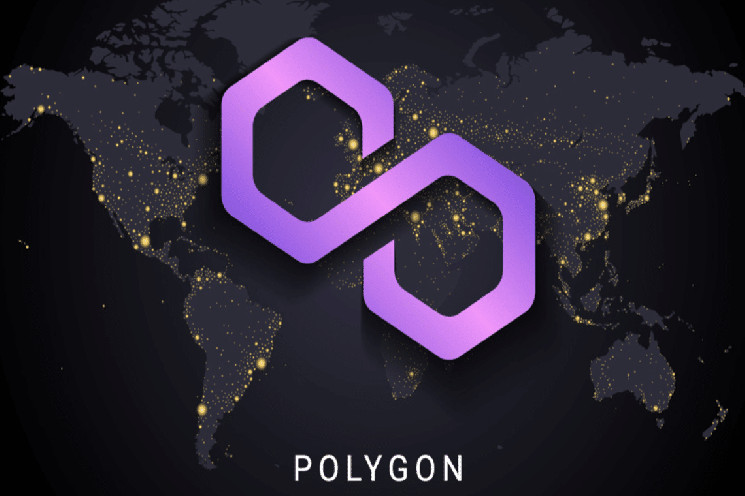In recent times, Polygon (POL), the most popular layer two scaling solution for Ethereum, has seen a significant increase in its relevance and usage.
Thanks to its ability to offer cheaper and faster transactions compared to the main Ethereum network, Polygon is attracting more and more attention from developers, investors, and users in the cryptocurrency world.
With Ethereum gas fees continuing to remain high, Polygon presents itself as an ideal alternative, providing a more efficient infrastructure for building and running decentralized applications (dApp).
Summary
The impact of high Ethereum fees benefits Polygon (POL)
One of the main reasons behind the rapidly growing adoption of Polygon is the high transaction fees on Ethereum. Ethereum, although it is the leading blockchain in the world of dApps and decentralized finance (DeFi), has often been under pressure due to the intense traffic on the network, which leads to high gas fees and slow confirmation times.
This creates a barrier for many developers and users, especially for applications that require microtransactions or frequent transactions.
In this context, Polygon has established itself as a layer two solution, offering economical and fast transactions without compromising security or decentralization.
This makes it extremely attractive for both traders and dApp developers. With Polygon, developers can build applications on a scalable and interoperable platform, maintaining compatibility with Ethereum and ensuring drastically lower transaction costs.
The growing use of Polygon is evident not only in the increase in transactions but also in the rise of strategic partnerships with leading industry projects. Uniswap, one of the most famous decentralized exchanges, has recently integrated Polygon into its platform to ensure a smoother and more convenient experience for its users.
Even Aave, one of the main DeFi platforms, has recognized the potential of Polygon, expanding its ecosystem on this network to offer decentralized loans and other DeFi functionalities.
These partnerships represent a clear signal of the exponential growth of Polygon in the DeFi sector, but not only.
Polygon is also establishing itself as a leading platform for non-fungible tokens (NFT), attracting a growing number of artists and creators looking to avoid Ethereum’s high fees. This makes it a preferred choice for those who wish to develop NFT projects and marketplaces with better cost efficiency.
Investor confidence and the increase in the price of Polygon
In recent days, the price of Polygon (POL) has recorded a significant growth, strengthening investors’ confidence in the project. This performance stands out particularly in a volatile market, where many other large-cap altcoins, such as Cardano, are going through a bear phase. While other cryptocurrencies face selling pressures, Polygon seems to escape this fate, demonstrating a constant bull trend.
This price increase is supported by a combination of factors. First of all, the expansion of partnerships and the adoption of the network by large DeFi and NFT projects fuel the demand for the POL token.
Secondly, Polygon’s reputation as an efficient and scalable network has attracted the attention of institutional and retail investors, leading to a growing interest in the token. Additionally, the solidity of the project and its constant technological innovation represent an attraction for those looking to invest in long-term assets in the cryptocurrency sector.
The current trend of Polygon reflects a positive context for the network and its future prospects. The Polygon ecosystem is booming and this trend is expected to continue, thanks to the growing interest from developers, users, and major DeFi projects.
With the general cryptocurrency market slowly moving towards a recovery phase, Polygon seems to be one of the networks best positioned to capitalize on this rebound.
The future of Polygon seems to be characterized by growing adoption, not only in the DeFi sector, but also in the broad landscape of decentralized applications and non-fungible tokens. With a solid foundation built on efficiency, interoperability, and strategic partnerships, Polygon could become one of the key networks for the entire Ethereum ecosystem, especially as the demand for scalable solutions continues to grow.
Conclusion
Polygon (POL) is experiencing a strong rise, fueled by the increase in demand for scalable and low-cost solutions, the growth of partnerships with high-profile projects such as Uniswap and Aave, and the confidence of investors who believe in its long-term potential.
While the high Ethereum fees continue to weigh on the market, Polygon positions itself as one of the most promising layer two solutions, ready to become a central pillar in the DeFi and NFT space.
 en.cryptonomist.ch
en.cryptonomist.ch
